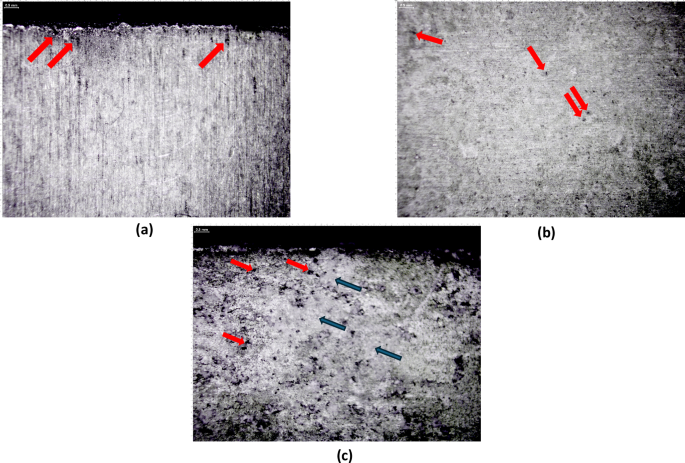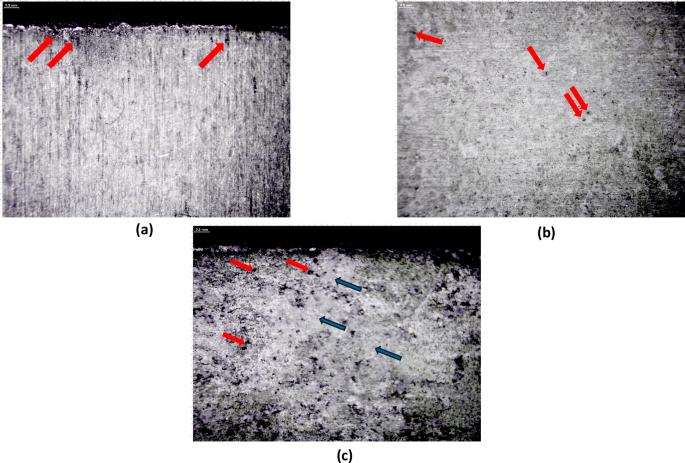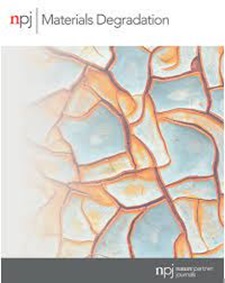Corrosion of aluminium alloy AA2024-Τ3 specimens subjected to different artificial ageing heat treatments
IF 7.6
2区 材料科学
Q1 MATERIALS SCIENCE, MULTIDISCIPLINARY
引用次数: 0
Abstract
The effect of artificial-ageing on corrosion behaviour of aluminium alloy (AA)2024-T3 was investigated. The natural ageing which takes place during the aircraft''s lifespan was simulated with isothermal heat-treatments at 190 °C. Electrochemical impedance spectroscopy measurements were performed in different heat-treated specimens to examine the prevailing corrosion mechanisms. Additionally, pre-corroded tensile specimens from different heat-treatment conditions were mechanically tested to assess the corrosion-induced degradation. Different forms of corrosion were revealed in the investigated ageing tempers; intense localized attack was noticed in the initial (T3) and under-aged (UA) tempers. UA condition exhibited the highest susceptibility to corrosion propagation followed by T3, according to the charge transfer resistance RCT and degradation rate of tensile elongation at fracture Af ( ≈ 0.118) and ( ≈ 0.103), respectively. Corrosion-induced degradation rates for the peak-aged (PA) and over-aged (OA) tempers ( ≈ 0.042 and 0.054, respectively) were almost one third of UA, attributed to volume fraction and size of the precipitated second-phase particles.


经不同人工时效热处理的 AA2024-Τ3 铝合金试样的腐蚀情况
研究了人工老化对铝合金 (AA)2024-T3 腐蚀性能的影响。通过 190 °C 等温热处理模拟了飞机寿命期间发生的自然老化。对不同的热处理试样进行了电化学阻抗光谱测量,以研究主要的腐蚀机制。此外,还对不同热处理条件下的预腐蚀拉伸试样进行了机械测试,以评估腐蚀引起的降解。在所研究的老化温度中发现了不同形式的腐蚀;在初始温度(T3)和欠老化温度(UA)中发现了强烈的局部侵蚀。根据电荷转移电阻 RCT 和断裂处拉伸伸长率 Af ( ≈ 0.118) 和 ( ≈ 0.103) 的降解率,UA 条件对腐蚀扩展的敏感性最高,其次是 T3。峰值老化(PA)和超老化(OA)温度下的腐蚀诱导降解率(分别≈ 0.042 和 0.054)几乎是 UA 的三分之一,这归因于析出的第二相颗粒的体积分数和大小。
本文章由计算机程序翻译,如有差异,请以英文原文为准。
求助全文
约1分钟内获得全文
求助全文
来源期刊

npj Materials Degradation
MATERIALS SCIENCE, MULTIDISCIPLINARY-
CiteScore
7.80
自引率
7.80%
发文量
86
审稿时长
6 weeks
期刊介绍:
npj Materials Degradation considers basic and applied research that explores all aspects of the degradation of metallic and non-metallic materials. The journal broadly defines ‘materials degradation’ as a reduction in the ability of a material to perform its task in-service as a result of environmental exposure.
The journal covers a broad range of topics including but not limited to:
-Degradation of metals, glasses, minerals, polymers, ceramics, cements and composites in natural and engineered environments, as a result of various stimuli
-Computational and experimental studies of degradation mechanisms and kinetics
-Characterization of degradation by traditional and emerging techniques
-New approaches and technologies for enhancing resistance to degradation
-Inspection and monitoring techniques for materials in-service, such as sensing technologies
 求助内容:
求助内容: 应助结果提醒方式:
应助结果提醒方式:


